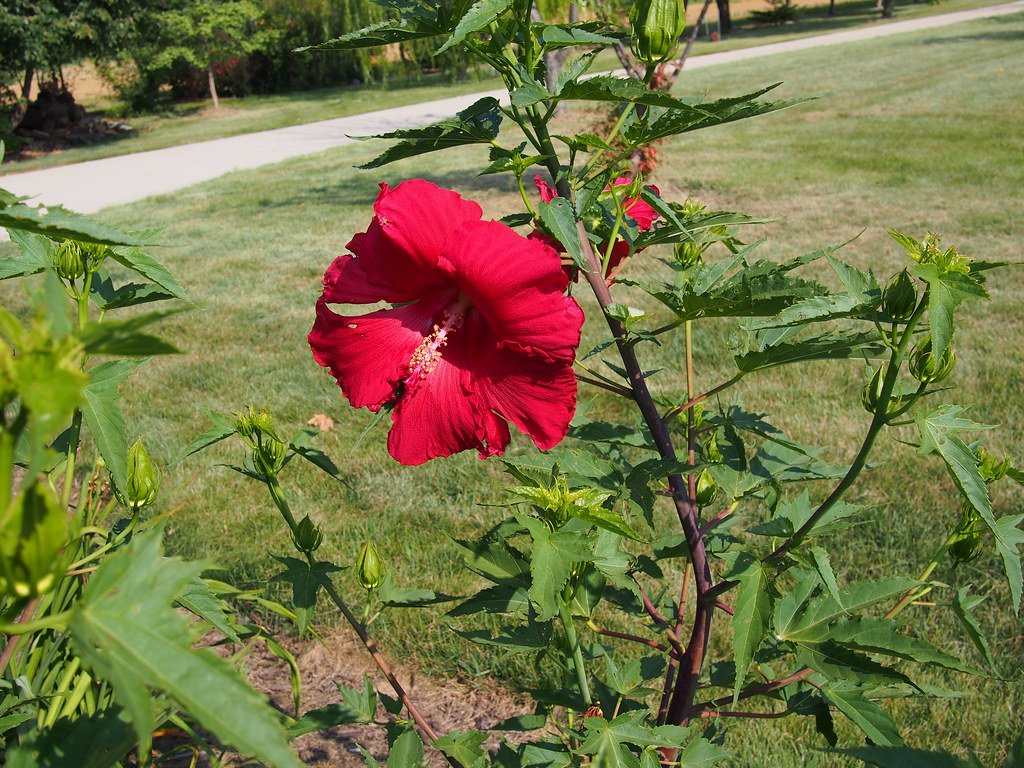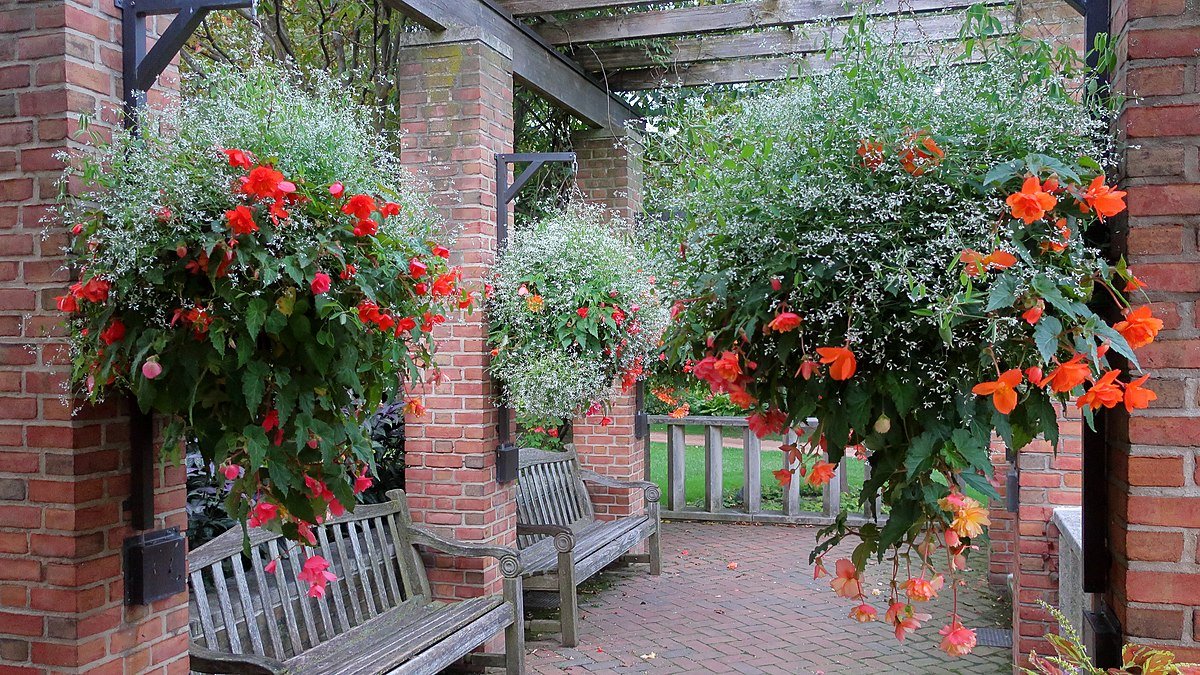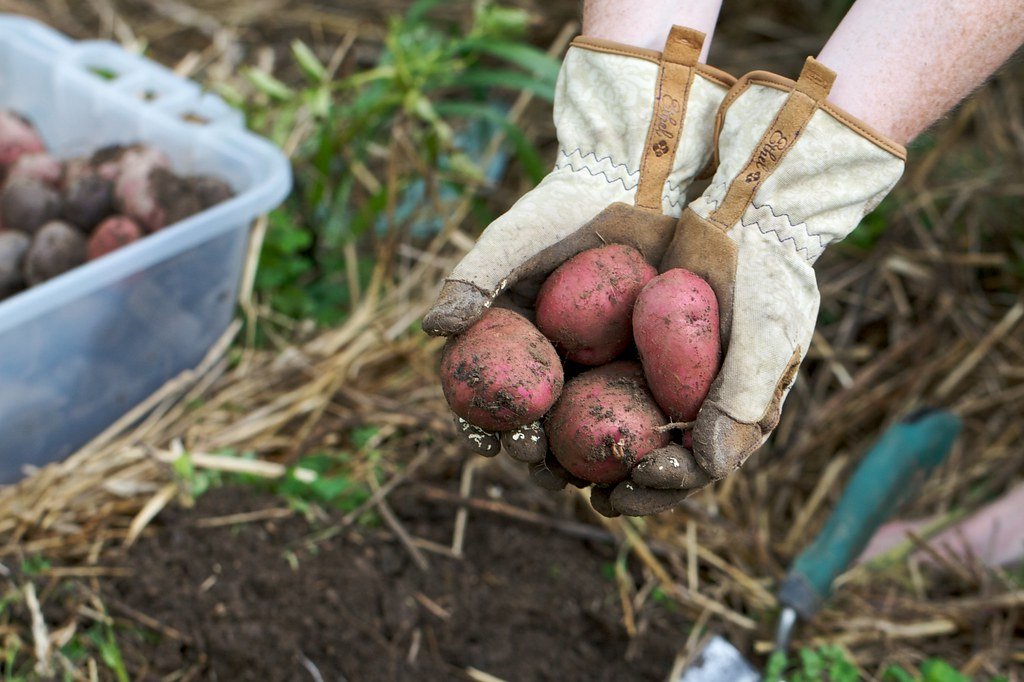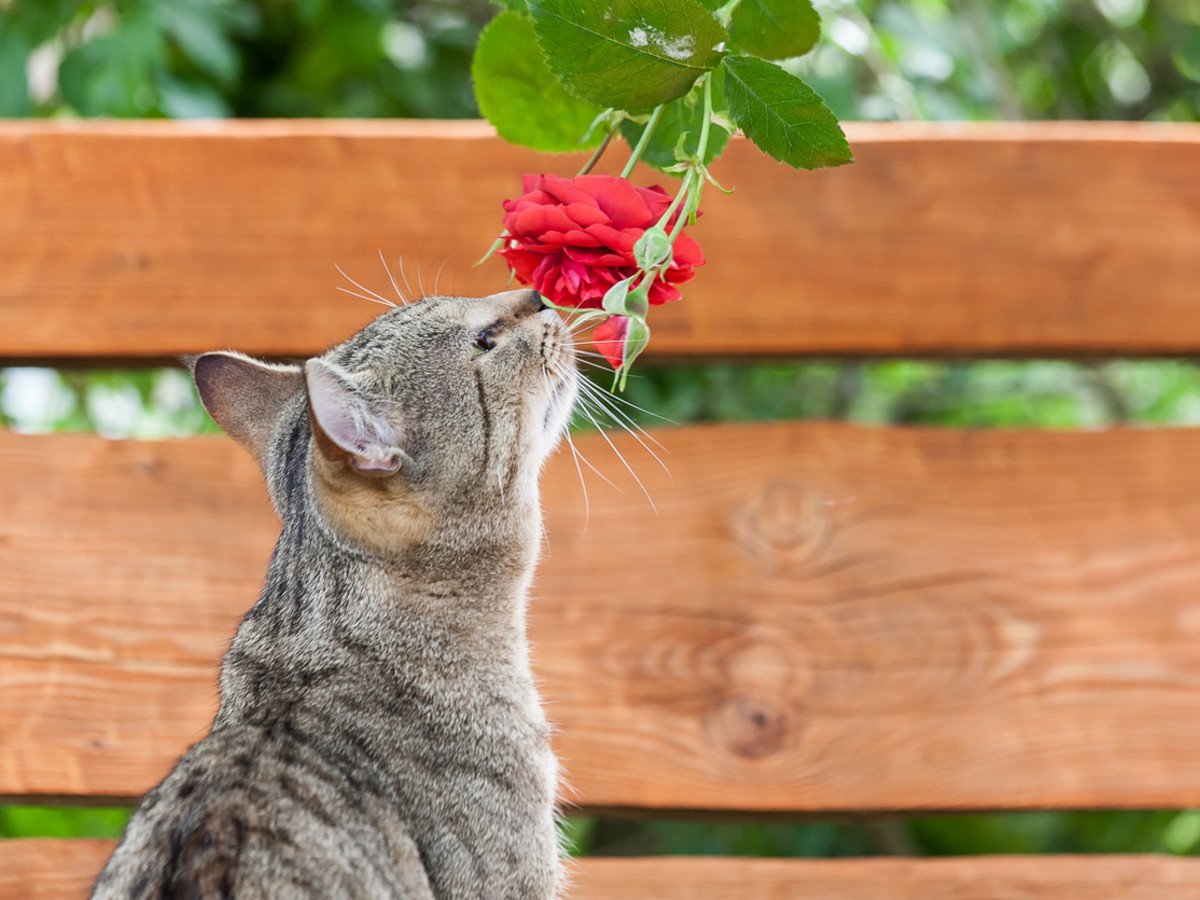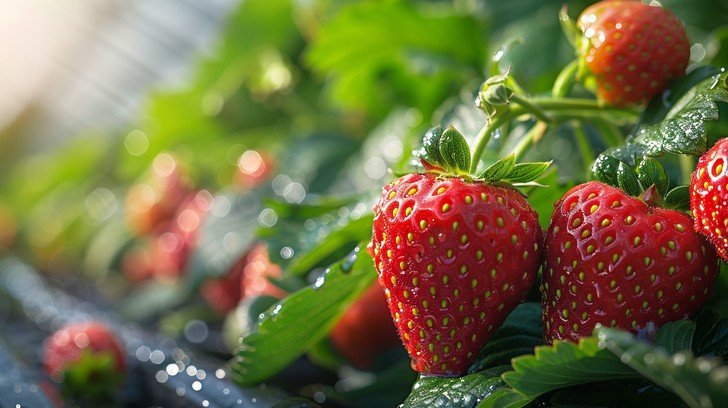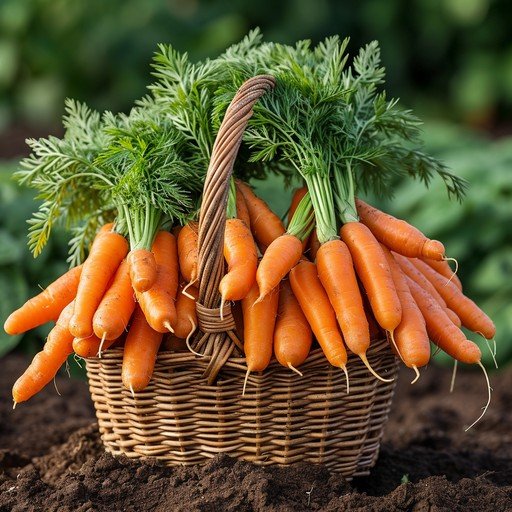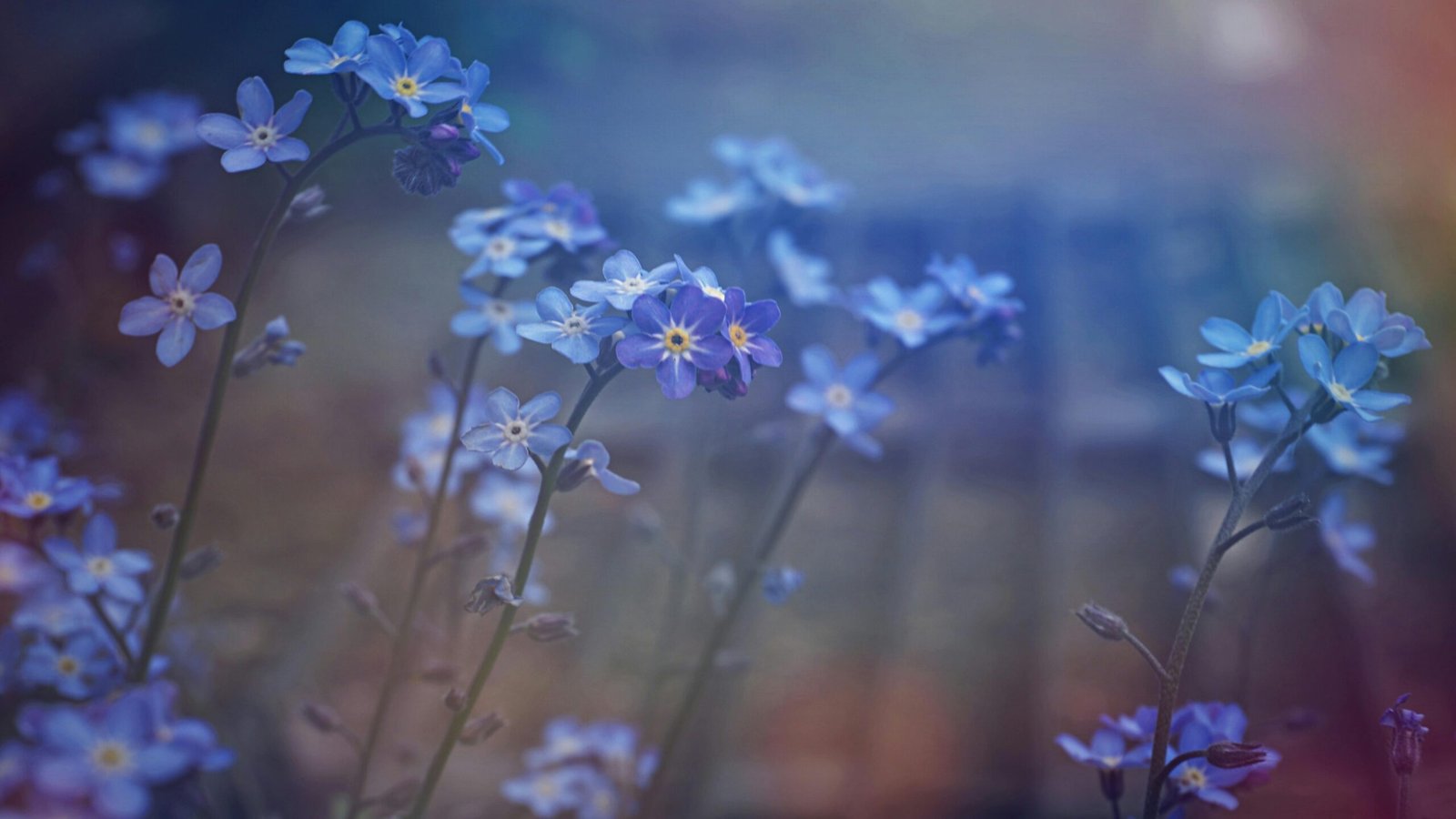Unlocking Tropical Beauty: The Complete Guide to Growing Hardy Hibiscus
Welcome to Garden KT, your resource for growing spectacular plants in any climate. When most people envision a hibiscus, they picture the tropical varieties, with their vibrant colors and large, dramatic blooms, thriving only in perpetually warm climates. However, there is a magnificent group of plants that offers the same breathtaking tropical aesthetics while possessing the resilience to withstand freezing winters: the hardy hibiscus.
The hardy hibiscus (Hibiscus moscheutos and its hybrids), also commonly known as the Rose Mallow, Swamp Mallow, or Perennial Hibiscus, is a true garden marvel. It is a workhorse perennial that brings undeniable ‘wow’ factor to any landscape, capable of producing dinner-plate-sized flowers that can measure up to 12 inches across. Despite its exotic appearance, this plant is surprisingly tough, capable of thriving in cold regions, often down to USDA Zone 4.
If you thought you needed to live in the tropics to enjoy these show-stopping blooms, prepare to be delighted. The hardy hibiscus is here to prove you wrong.
This comprehensive guide is designed to empower you with all the knowledge needed to successfully cultivate, care for, and showcase the hardy hibiscus in your garden. We will explore its botanical identity, the essential steps for successful planting, specific care requirements, pruning best practices, and introduce you to some of the most sought-after cultivars that have revolutionized what the hardy hibiscus can offer. Get ready to transform your garden into a tropical paradise, no matter where you live.
The Botanical Marvel: What Makes a Hibiscus “Hardy”?
To understand the hardy hibiscus, we must first look at its family tree and the critical difference between it and its tropical cousins.
Differentiating Hardy vs. Tropical Hibiscus
The genus Hibiscus is vast, but the difference in hardiness comes down to their growth habits:
| Feature | Hardy Hibiscus (H. moscheutos) | Tropical Hibiscus (H. rosa-sinensis) |
| Common Name | Rose Mallow, Perennial Hibiscus | Chinese Hibiscus |
| Hardiness | Zones 4-9 (Perennial) | Zones 9-11 (Tender Annual or Houseplant) |
| Growth Habit | Dies back completely to the ground each winter. | Woody shrub; maintains foliage year-round. |
| Blooming Time | Mid-summer to early fall (blooms on new growth). | Blooms almost year-round in warm climates. |
| Bloom Size | Dinner-plate size (8-12 inches) | Smaller (4-6 inches) |
The defining feature of the hardy hibiscus is its perennial nature. While it looks like a large, woody shrub during the summer, it is actually an herbaceous perennial. As soon as the first hard frost arrives, the top growth dies back entirely, sending all its energy into the roots to survive the winter. This ability to go completely dormant is what allows the hardy hibiscus to survive frigid temperatures that would instantly kill the woody stems of a tropical variety.
Native Habitat and Adaptation
The hardy hibiscus is native to the wetlands and swampy areas of North America, particularly the eastern and southern United States. This native background explains its second key characteristic: its high tolerance for moisture. Unlike many garden perennials that rot in constantly wet soil, the hardy hibiscus thrives in it, making it an exceptional choice for rain gardens or low-lying areas. This versatility—combining tropical looks with rugged adaptability—is why the hardy hibiscus has become such a popular and reliable garden plant.
Cultivation Essentials: Planting Your Hardy Hibiscus
Successfully growing hardy hibiscus requires understanding its specific needs, particularly concerning light, soil, and planting time.
1. Sunlight Requirements
The hardy hibiscus is a sun-worshipper. To produce those massive, continuous blooms, it requires full sun, meaning at least six to eight hours of direct, unfiltered sunlight per day.
- Impact of Shade: While the plant will tolerate partial shade, insufficient sun will result in sparse flowering, leggy growth, and smaller blooms. Prioritize the sunniest spot in your garden for the best results from your hardy hibiscus.
2. Soil and Moisture Needs
Given its swampy heritage, the hardy hibiscus is incredibly forgiving regarding soil type but prefers a loamy, rich soil that retains moisture.
- Moisture is Key: Unlike many garden perennials, it will not suffer from “wet feet.” In fact, it performs best when the soil is kept consistently moist. This makes it ideal for areas near downspouts or natural depressions in the landscape. If your soil is naturally very dry, regular supplemental watering is non-negotiable for the massive leaves and flowers of the hardy hibiscus.
- pH: It is adaptable to a wide pH range, though slightly acidic to neutral soil is often preferred.
3. Planting Time and Technique
The best time to plant containerized hardy hibiscus is in the spring after the last frost or in the early fall.
- Planting Depth: Dig a hole twice as wide as the root ball and just as deep. Place the plant in the hole so the top of the root ball is level with the surrounding soil.
- Spacing: Depending on the cultivar, hardy hibiscus can reach 3 to 6 feet wide. Ensure adequate spacing (usually 3-5 feet apart) to allow for good air circulation, which is vital for preventing fungal issues.
- Patience is a Virtue (The Late Bloomer): This is the single most important piece of information for new hardy hibiscus growers: The plant is very late to emerge in the spring. Do not panic if your hibiscus looks dead while your hostas and peonies are already thriving. It often won’t show any signs of life until late May or even early June, waiting until the soil is consistently warm before breaking dormancy. Mark its location clearly so you do not accidentally dig it up.
Care and Maintenance: Maximizing Your Hardy Hibiscus Blooms
Once established, the hardy hibiscus requires basic maintenance tailored to its aggressive growth and massive flowering needs.
1. Watering and Mulching
- Consistent Water: Maintain consistent soil moisture, especially in the heat of summer and during the critical blooming period. Drought stress will cause leaf drop and flower bud failure.
- Mulch: Apply a thick layer of organic mulch (2-3 inches) around the base of the plant. Mulch helps retain moisture and keeps the shallow roots cool, which is essential for the thriving of the hardy hibiscus.
2. Fertilization
To support the massive growth and production of dinner-plate blooms, the hardy hibiscus is a heavy feeder.
- Timing: Begin fertilizing in the late spring, just as the plant begins to emerge. Apply a second dose in mid-summer to fuel the main blooming period.
- Type: Use a balanced, slow-release fertilizer (like 10-10-10) or a fertilizer formulated for flowering shrubs. Alternatively, amending the soil with aged compost or composted manure in the spring provides a gentle, ongoing nutrient boost for the hardy hibiscus. Avoid excessive nitrogen later in the season, which encourages foliage over flower buds.
3. Pruning: Shaping and Encouraging Bushiness
Pruning is essential for shaping and managing the height of your hardy hibiscus.
- Spring Pruning (The Cutback): Since the plant dies back to the ground, the main pruning event occurs in late fall or early spring before new growth begins. Cut all the dead stems back to about 4-6 inches above the ground.
- Pinching (Optional Height Management): If your hardy hibiscus variety is known to grow very tall (6 feet or more) and you prefer a shorter, bushier plant, you can pinch back the growing tips when the stems reach about 12-18 inches tall in early summer. This encourages lateral branching, creating a fuller plant, though it may delay the bloom time by a week or two.
- Deadheading: While deadheading (removing spent flowers) is not strictly necessary for reblooming (as new buds constantly form higher up the stems), it significantly improves the plant’s appearance. The massive blooms of the hardy hibiscus shrivel into unsightly blobs by the end of the day, so snapping them off daily or every few days keeps the plant looking tidy and focuses energy on the next set of blooms.
Pest and Disease Management for Hardy Hibiscus
While tough, the hardy hibiscus can sometimes fall victim to a few common pests and diseases.
Pests
- Aphids: Small green or black insects that cluster on new growth and flower buds. They are the most common pest.
- Control: A strong blast of water from a hose will usually dislodge them. For severe cases, use insecticidal soap or neem oil.
- Japanese Beetles: These metallic-green pests love the delicate leaves and flowers of the hardy hibiscus.
- Control: Hand-picking the beetles in the early morning and dropping them into a bucket of soapy water is the most effective organic control method.
Diseases
- Leaf Spot: Caused by various fungi, appearing as dark spots on the leaves. It usually occurs late in the season.
- Control: Ensure good air circulation (proper spacing helps) and water the plant at the base, avoiding splashing water onto the leaves. Rake up and dispose of any infected fallen leaves in the fall to prevent reinfection.
The overall toughness of the hardy hibiscus means that serious, life-threatening diseases are rare, provided the plant is not overly stressed by drought or extreme heat.
The Best Hardy Hibiscus Cultivars for Every Garden
Modern breeding has taken the wild Rose Mallow and turned it into a garden star, focusing on improving bloom color, size, foliage color, and a shorter, more manageable habit. When searching for a hardy hibiscus, look for these highly successful, proven varieties:
1. Cultivars Known for Compact Size
These varieties are perfect for smaller gardens, containers, or the front of a border, generally staying under 4 feet tall.
- Summerific Series: This popular series from Proven Winners revolutionized the hardy hibiscus market. Cultivars like ‘Holy Grail’ (dark red flowers, near-black foliage) and ‘Cherry Cheesecake’ (white flowers with a red center and ruffled edges) are famous for their dense, rounded shape, strong branching, and excellent winter hardiness.
2. Cultivars with Deep, Rich Foliage
Some hardy hibiscus are valued as much for their dark, dramatic foliage as they are for their blooms.
- ‘Midnight Marvel’: Known for its deep burgundy, almost black, maple-shaped foliage. The flowers are a striking, rich red, providing a beautiful contrast to the dark leaves. This variety stands out even when not in bloom.
- ‘Berry Awesome’: Features dark, deep green foliage that pairs beautifully with its massive, lavender-pink, ruffled flowers.
3. Classic Large-Flowered Cultivars
These are the giants of the garden, demanding attention with massive blooms.
- ‘Kopper King’: Famous for its huge, pale pink flowers with a red center, set against striking copper-red foliage. It can reach heights of 4-5 feet and makes an incredible focal point.
- ‘Lord Baltimore’ and ‘Lady Baltimore’: These older, classic hybrids are still popular. ‘Lord Baltimore’ has ruffled, true red blooms, while ‘Lady Baltimore’ has clean pink flowers with a red eye. They are reliable, vigorous, and often reach the 6-foot mark.
Choosing a named cultivar, particularly those bred for specific features like the Summerific series, ensures you are getting a reliable, strong-performing hardy hibiscus that has been selected for the home garden.
Hardy Hibiscus in the Landscape Design
The sheer size and tropical look of the hardy hibiscus means it must be placed strategically to maximize its impact.
1. Focal Point and Specimen Planting
Due to their massive blooms, hardy hibiscus plants make exceptional focal points. Plant one or two specimens in a prominent spot where their blooms can be fully appreciated. Their late emergence in spring can be a benefit, as you can surround them with early-blooming plants (like tulips or daffodils) that will be dying back just as the hardy hibiscus is starting its show.
2. Border and Hedge Planting
Planting several hardy hibiscus in a row creates a lush, temporary hedge or screen that offers dramatic color in the mid-to-late summer when many other shrubs are finished blooming. Their height makes them perfect for the back of a perennial border.
3. Complementary Plantings
Pairing the hardy hibiscus with other plants can enhance its tropical feel or highlight its spectacular flowers.
- Foliage Contrast: Use plants with fine, airy textures or silver foliage to contrast with the large leaves and massive flowers. Ornamental grasses (like Miscanthus) or Russian Sage (Perovskia atriplicifolia) work wonderfully.
- Moisture-Loving Partners: Given its love for moisture, the hardy hibiscus pairs naturally with other water-tolerant plants such as Astilbe, Siberian Iris, or Joe-Pye Weed.
- Internal Link Opportunity: For more ideas on designing with color and texture, check out our Garden KT article on Mastering the Perennial Garden Border.
Final Verdict: The Resilience of the Hardy Hibiscus
The hardy hibiscus is a testament to nature’s ability to combine the exotic with the resilient. It is a plant that demands attention and rewards the gardener with weeks of spectacular color when the rest of the garden might be starting to look tired.
Its adaptability to cold climates, its tolerance for moisture, and its dramatic visual appeal make it a highly valuable addition to any landscape. The key to success is remembering its unique requirements: plenty of sun, consistent moisture, and the patience to wait for its late spring emergence.
By following this guide, you have all the tools necessary to grow the magnificent hardy hibiscus. Prepare to be amazed by the resilience and tropical splendor this perennial can bring to your garden, proving once and for all that you don’t need a beach to grow a spectacular hibiscus.
